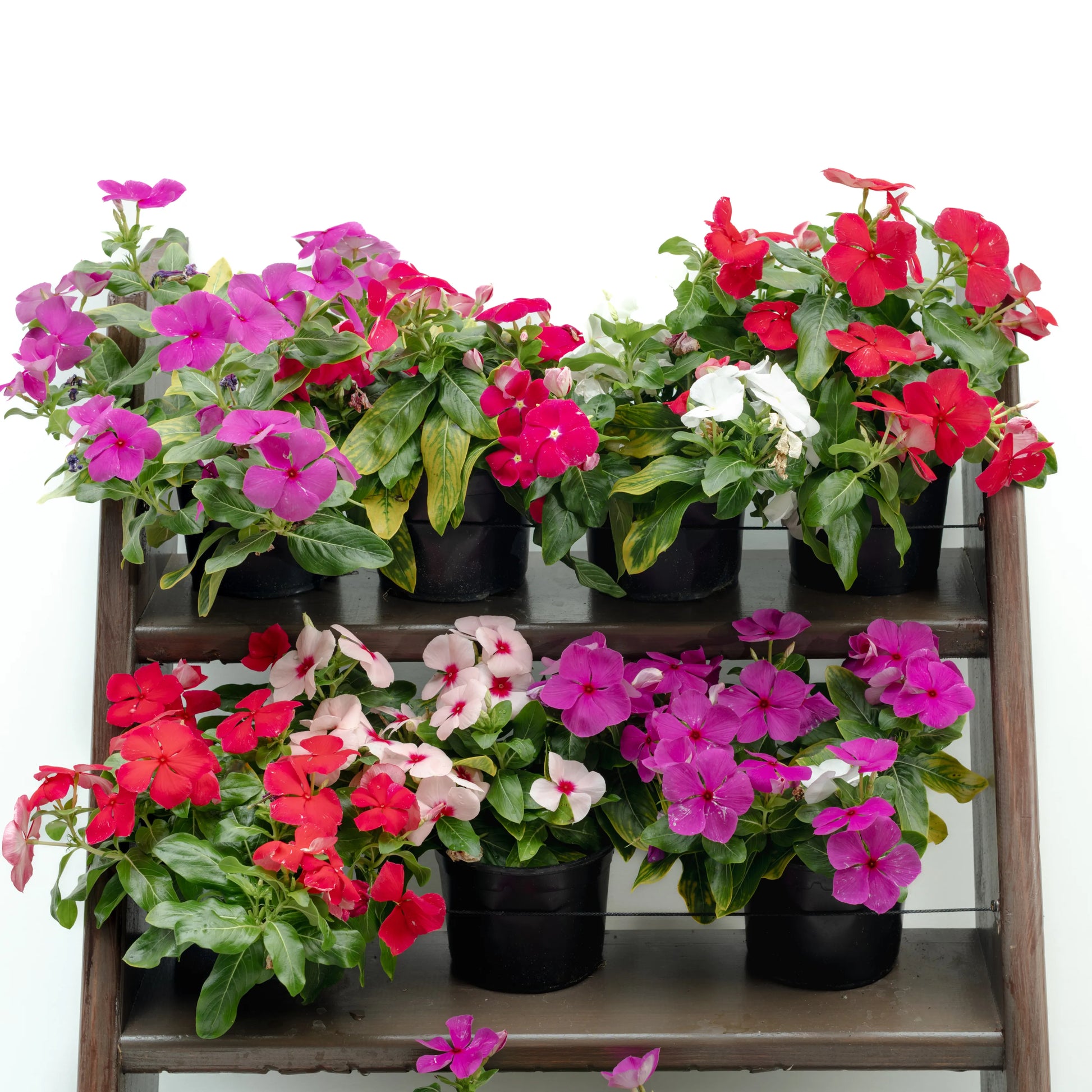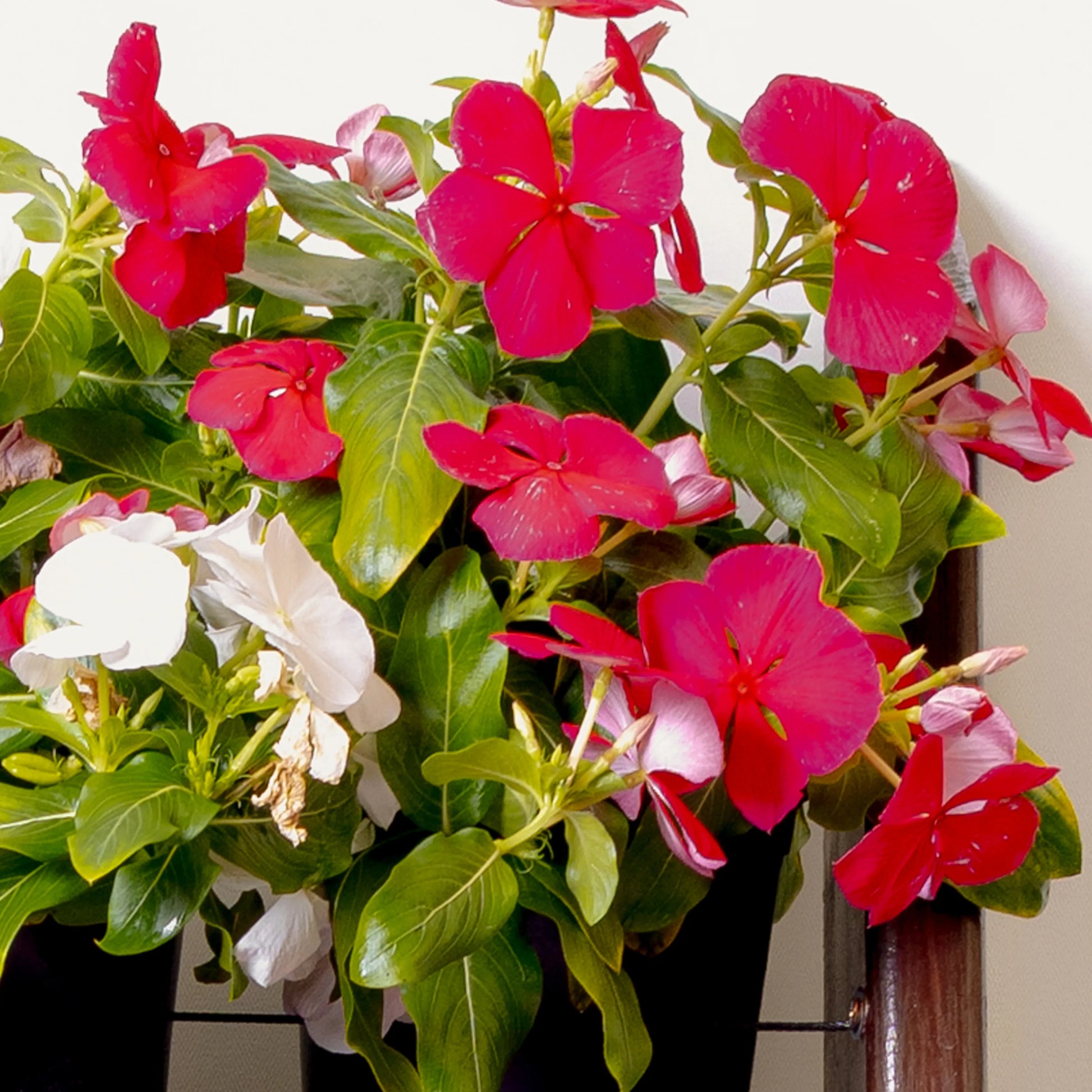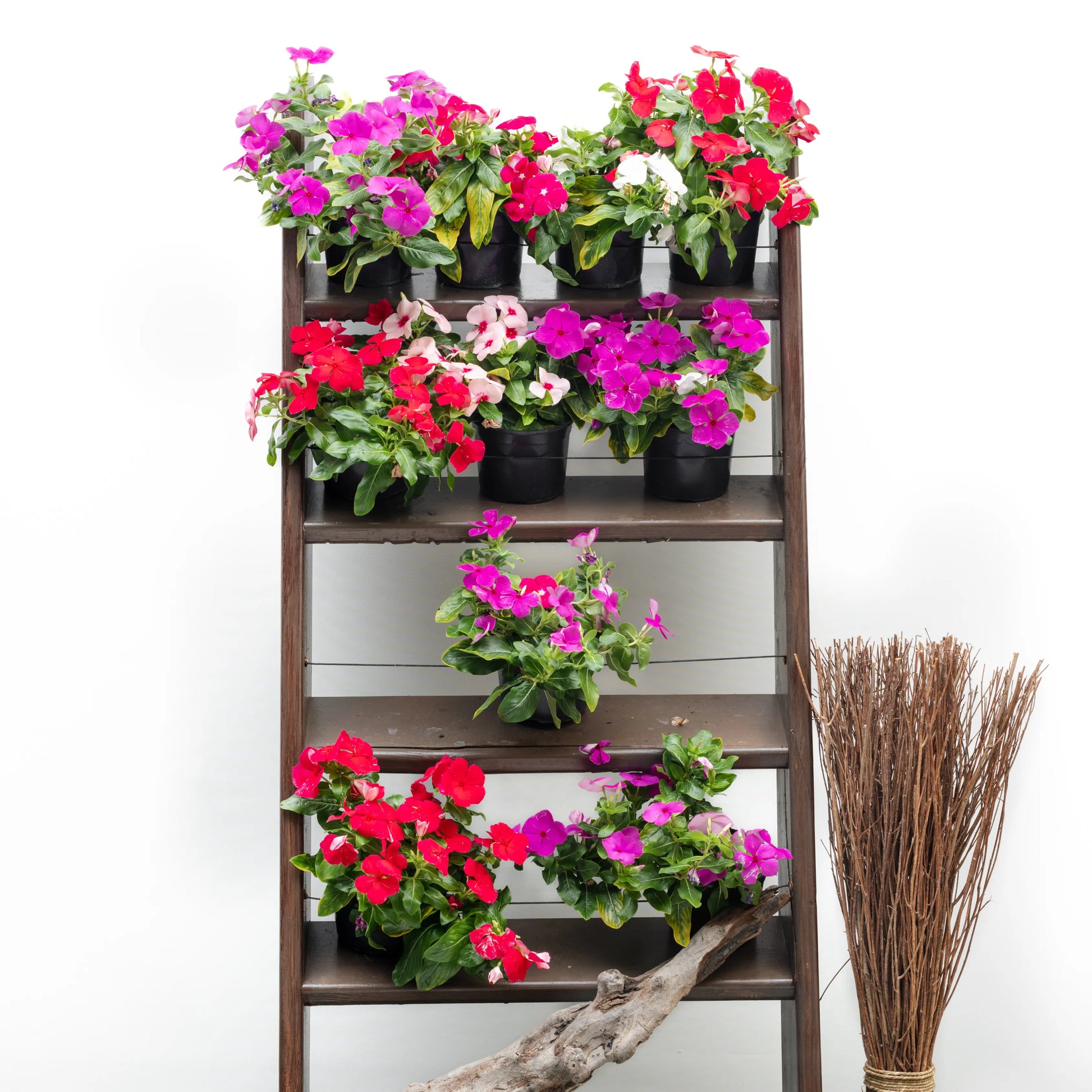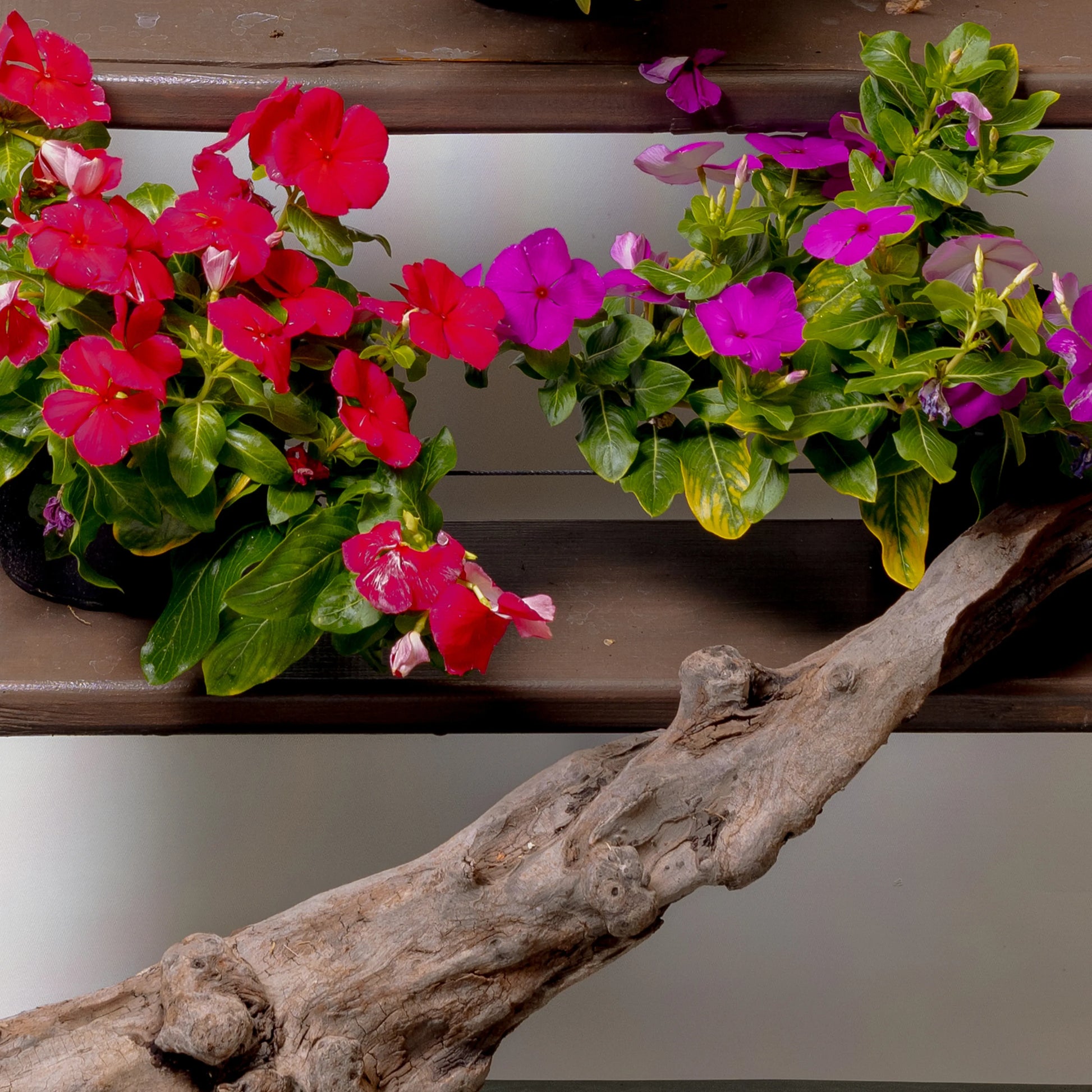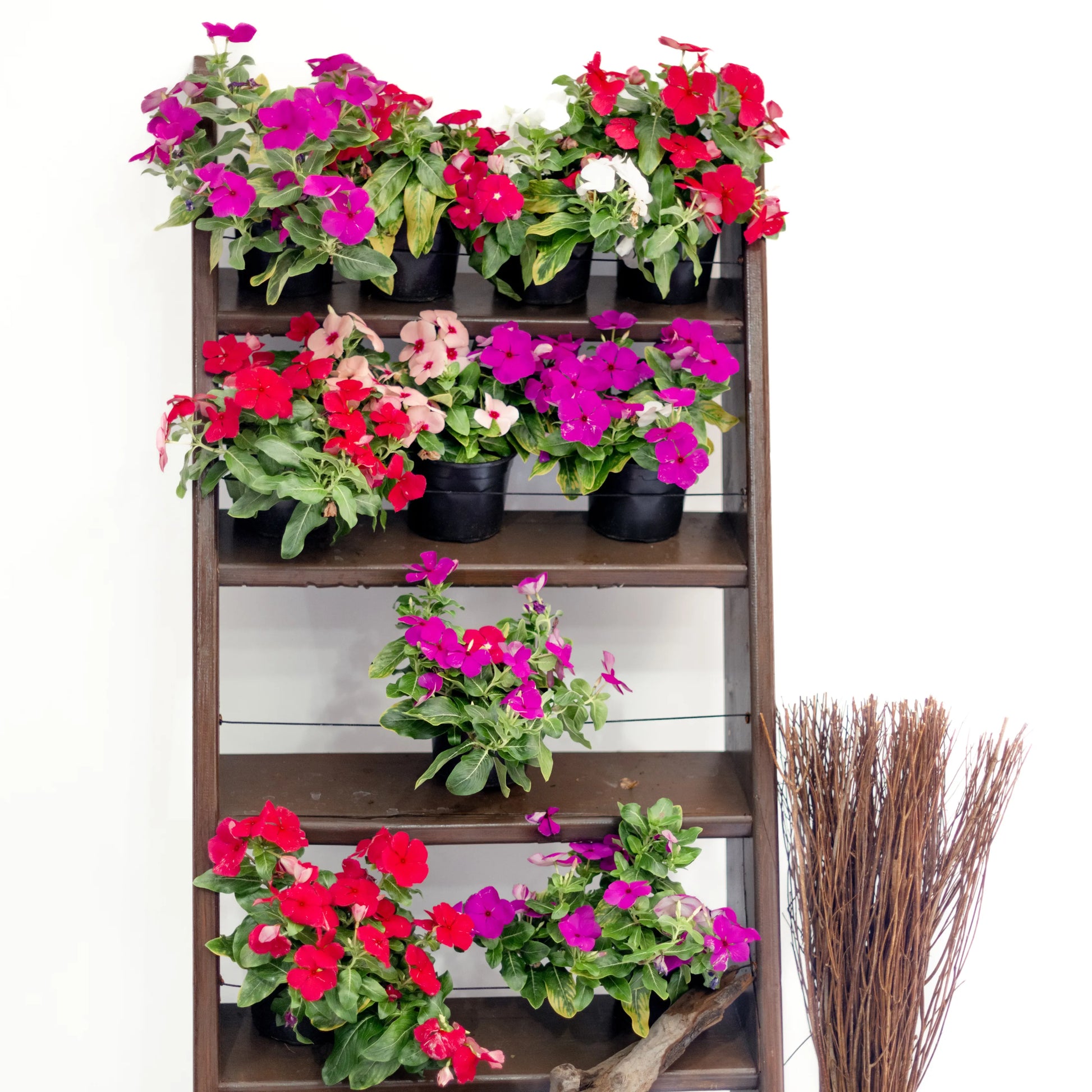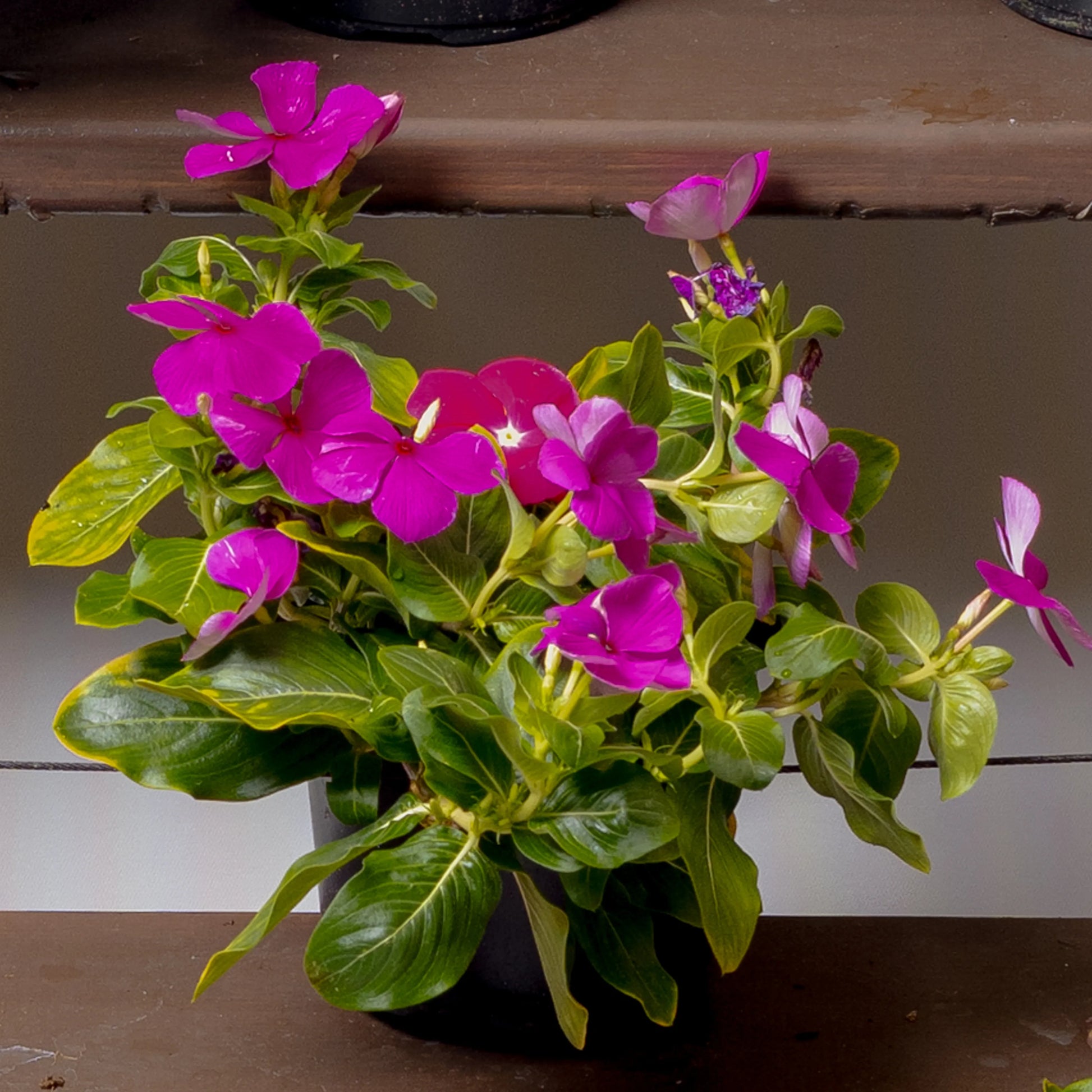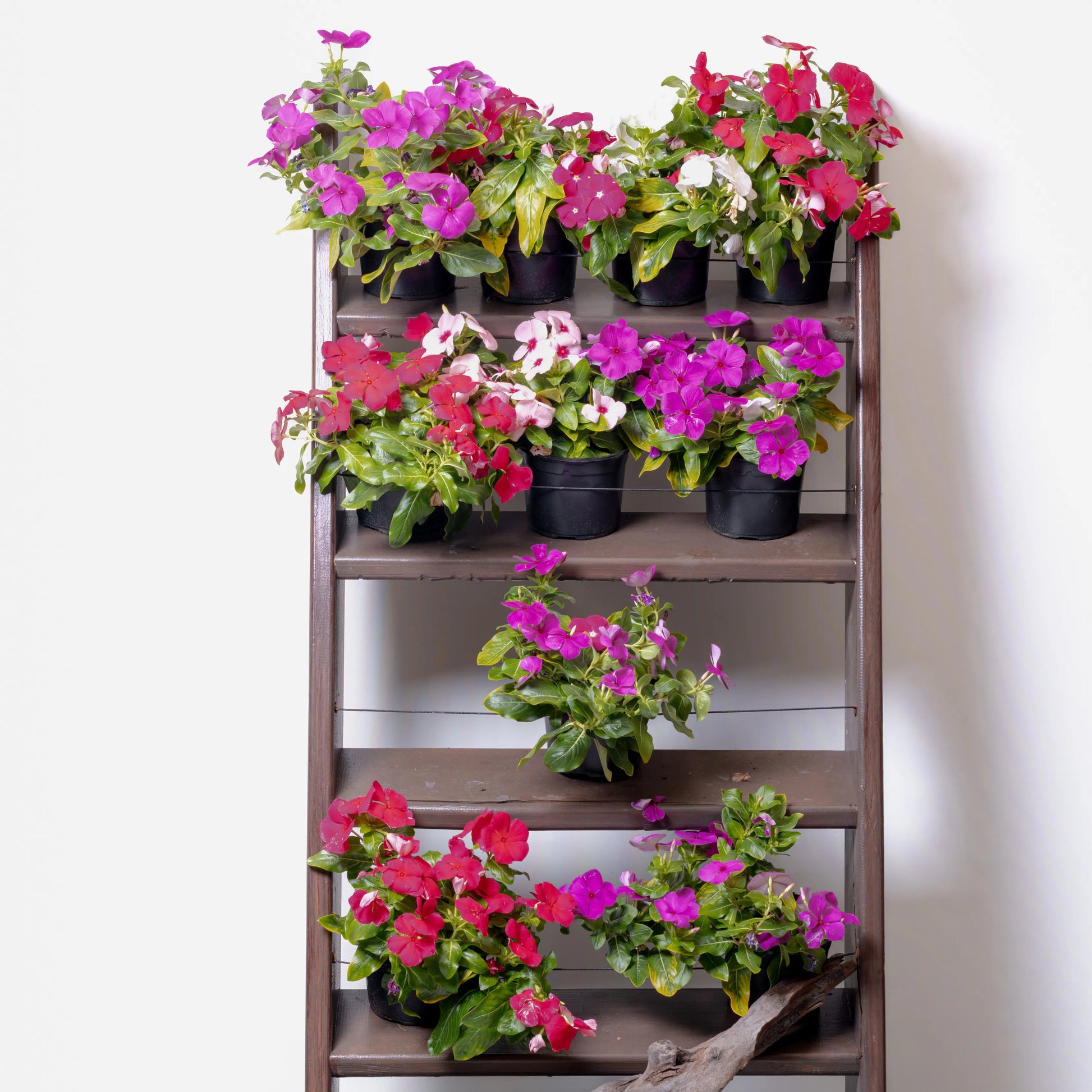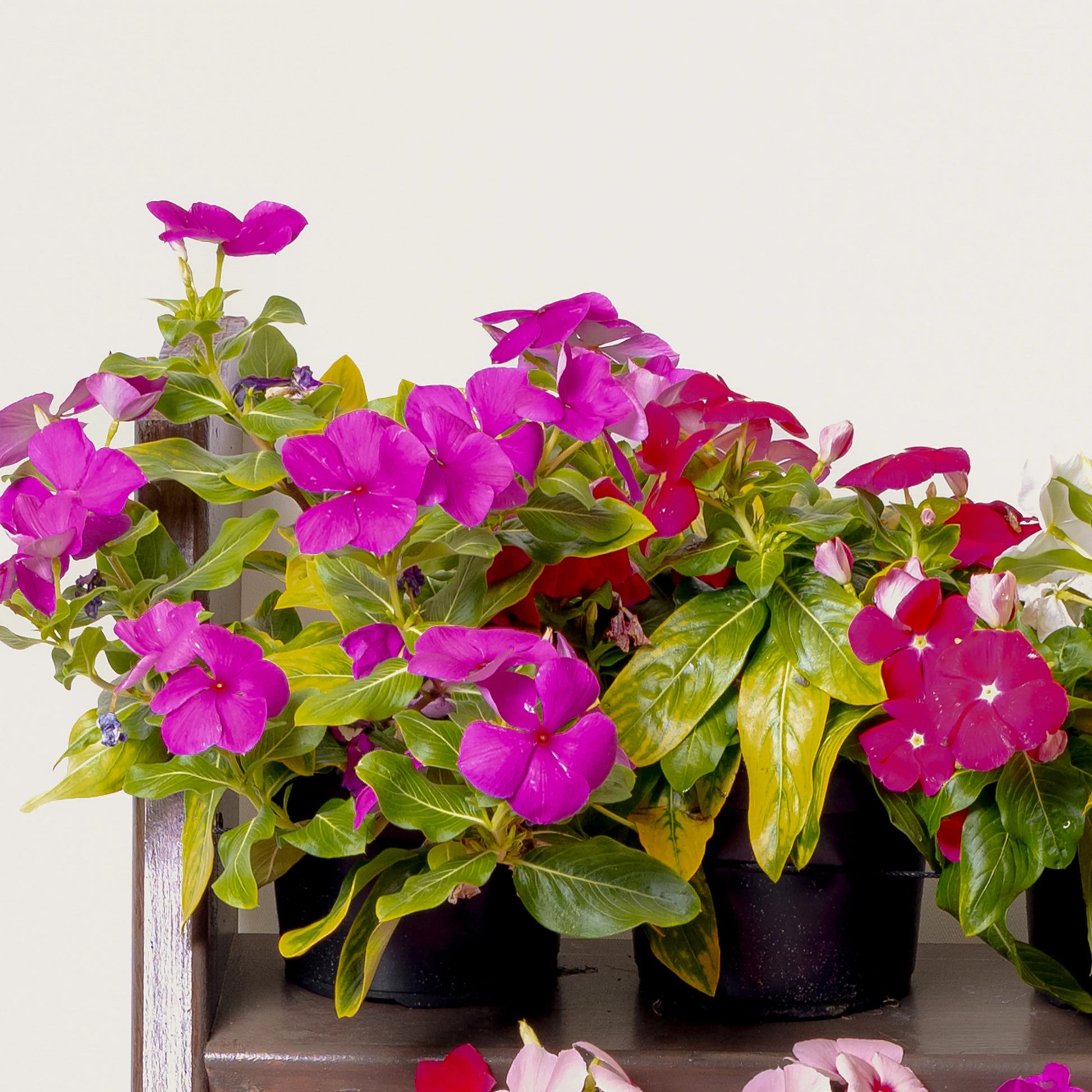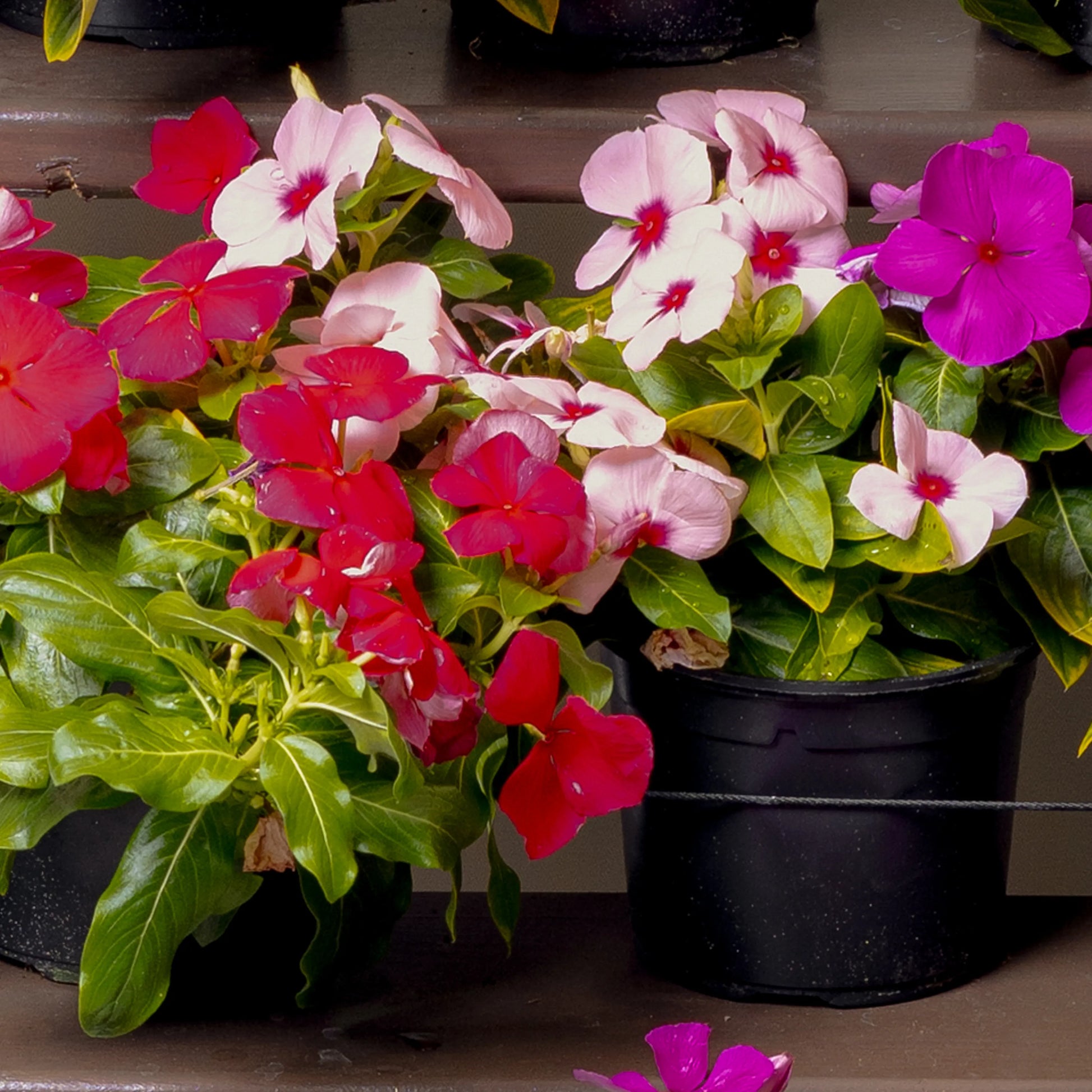Vinca Cora Cascade
Vinca Cora Cascade
Couldn't load pickup availability
Vinca cora cascade, also known as Goodnight, Shameless Mary
Vinca is renowned for its low maintenance requirements, making it an ideal plant for beginners. One special care point for vinca is to ensure that it receives full sun to partial shade for optimal growth and flowering. Additionally, vinca is drought tolerant but thrives best with regular watering when the soil is slightly dry. Avoid overwatering to prevent root rot, which is essential for its care.
Difficulty Care
Difficulty Care
Average
Ideal Temperature
Ideal Temperature
Vinca likes a warm, humid environment. Since it is not drought-resistant, it needs to be watered regularly during hot, dry seasons.
Regarding temperature requirements, these vary with the seasons; in spring and summer, an ideal temperature would be around 18-25°C, although it can also withstand a maximum of around 30°C. In winter, the temperature can drop to between 13-18°C. Due to its poor hardiness, the minimum temperature should never be below 5°C.
Watering
Watering
Adapting to its native tropical environment, vinca has adapted to regular moisture and high humidity levels. This species prefers consistent hydration but can tolerate brief periods of drought. Watering should occur twice a week to maintain optimal soil moisture.
Light
Light
Vinca thrives best in direct sunlight, where its flowers reach their optimum vitality and growth is robust. Exposure to bright light for at least 6-8 hours daily is crucial to its health and flowering success. Although vinca adapts well to partial shade, lower light levels can lead to reduced flower production and a more spreading growth habit. Outdoors, vinca should be planted in locations with direct sunlight, while indoors, it should be placed in south-facing windows to ensure adequate light.
Soil
Soil
As a tropical plant, vinca prefers slightly acidic soil, which means that alkaline soil should be avoided. If the soil is too alkaline, its roots will grow poorly and its leaves will tend to turn yellow, causing the plant to grow thin and weak. In severe cases, the plant may not be able to flower and may even die. Ideally, use loose, permeable, well-drained sandy loam soil for planting. Peat moss, along with organic fertilizer, can be added to improve soil fertility.
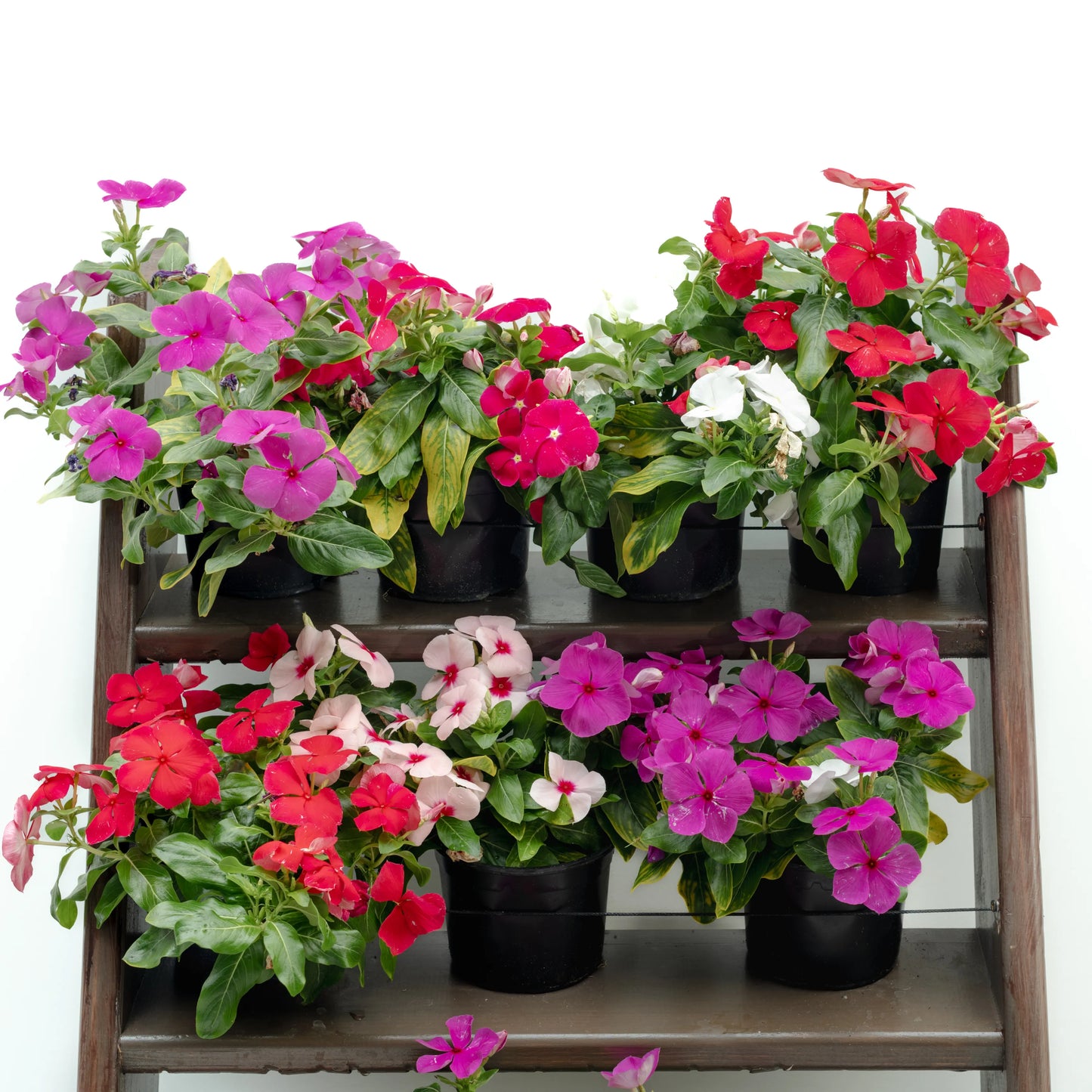
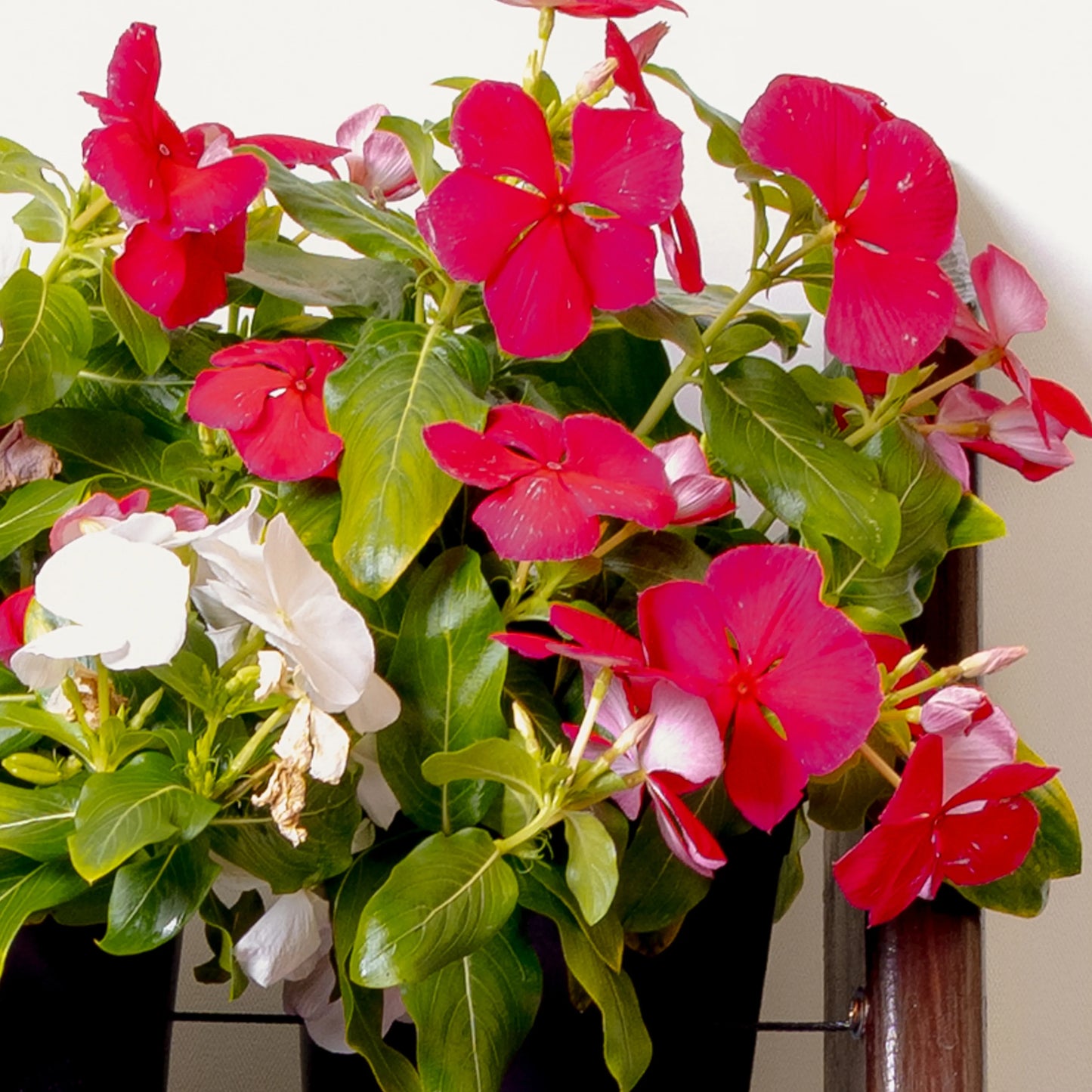
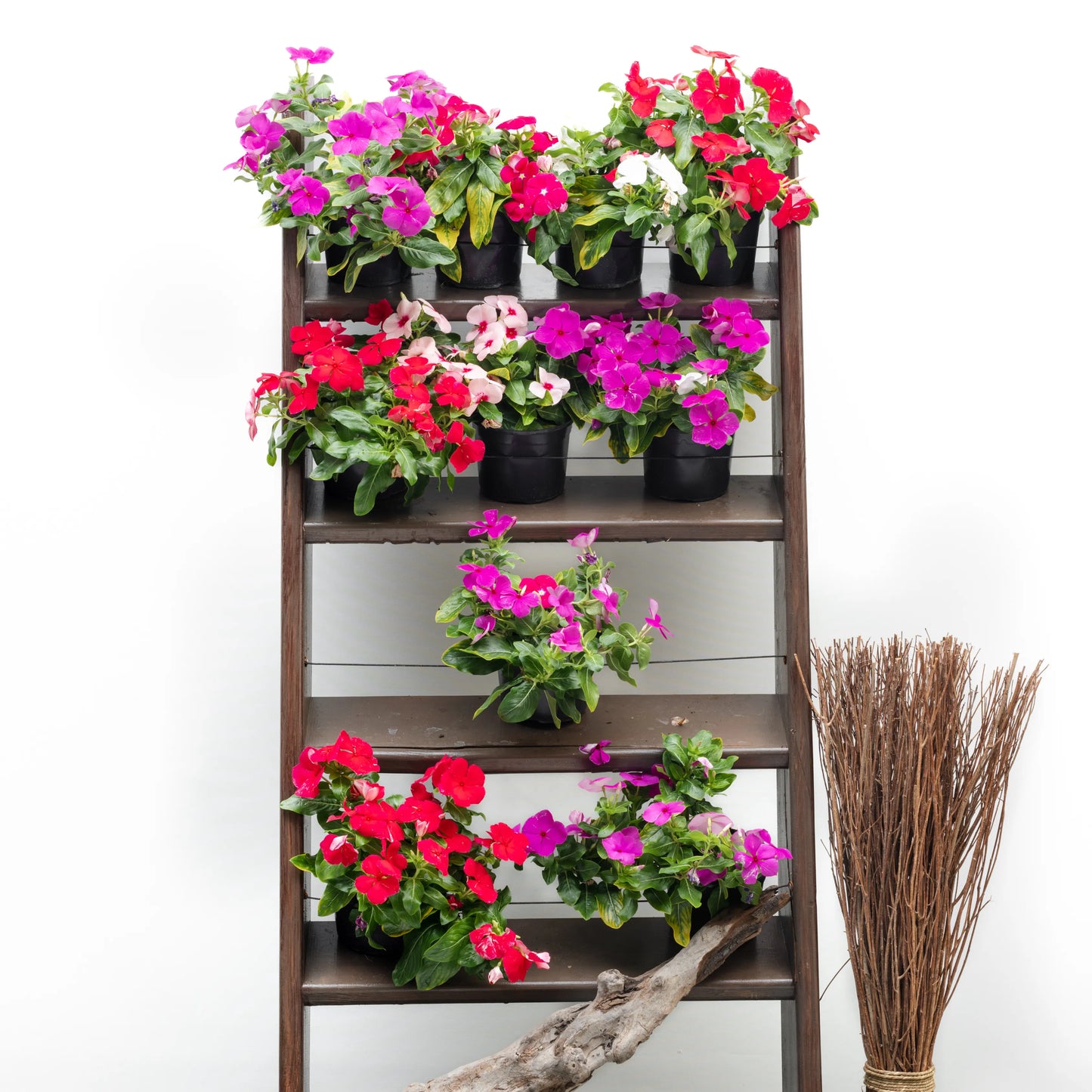
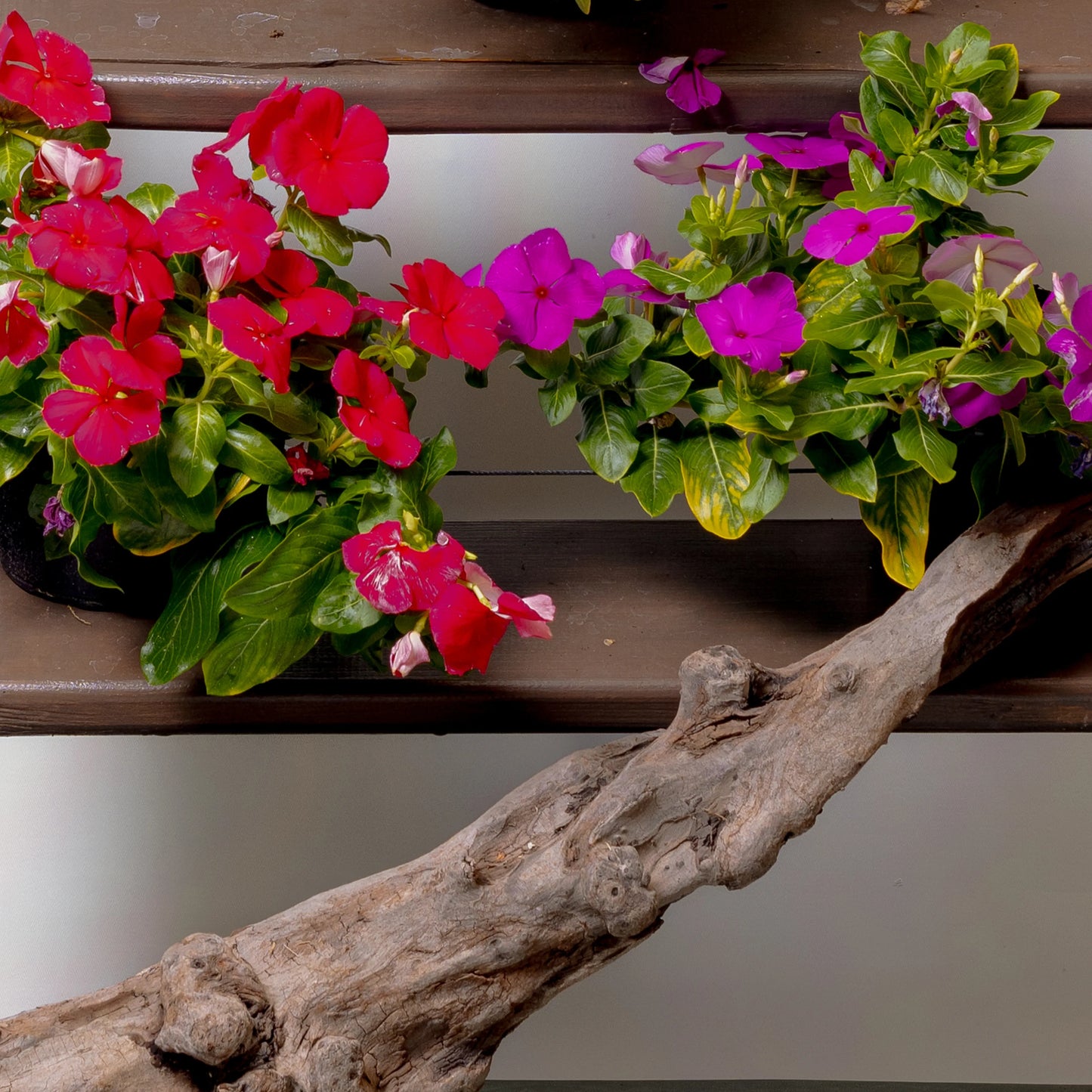
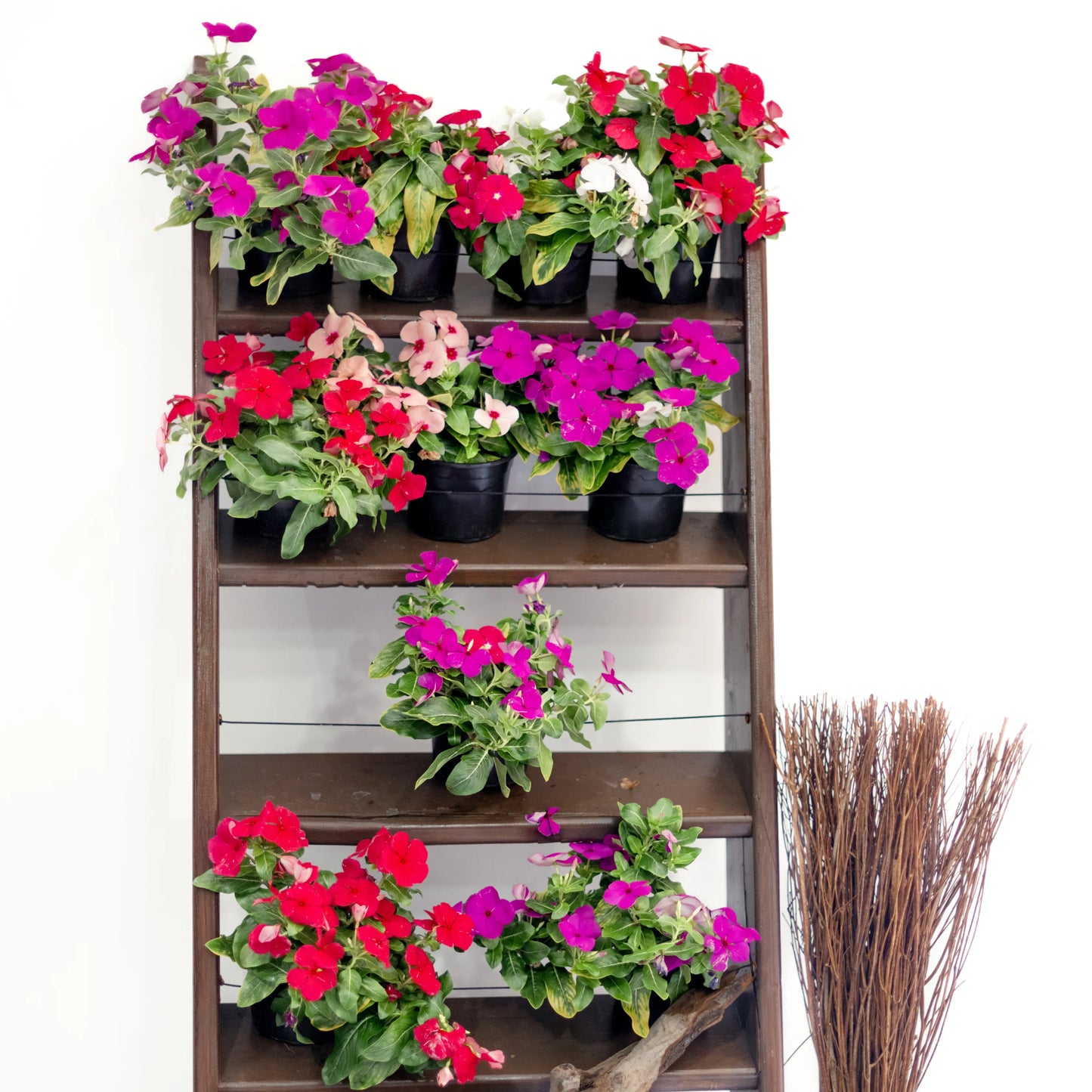
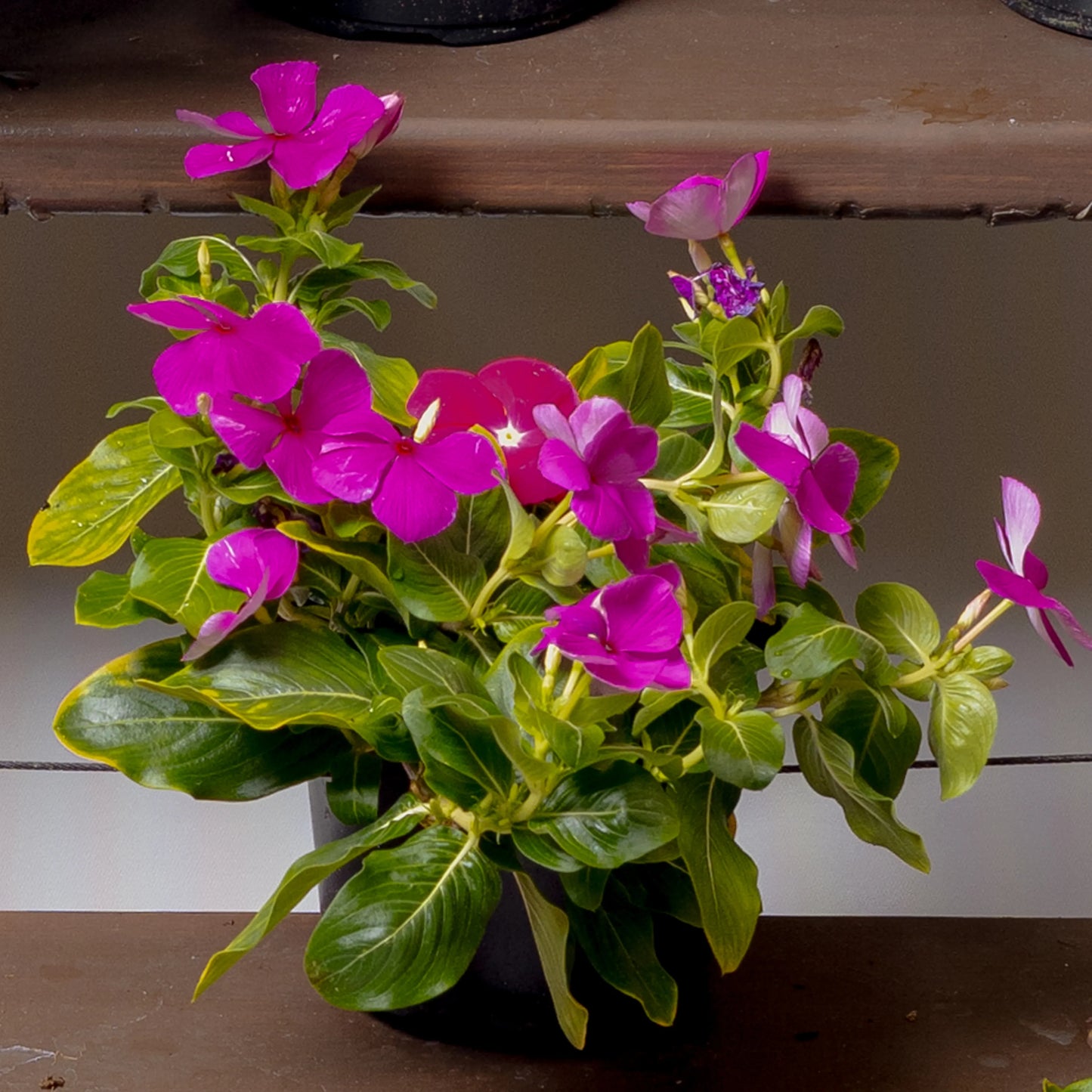
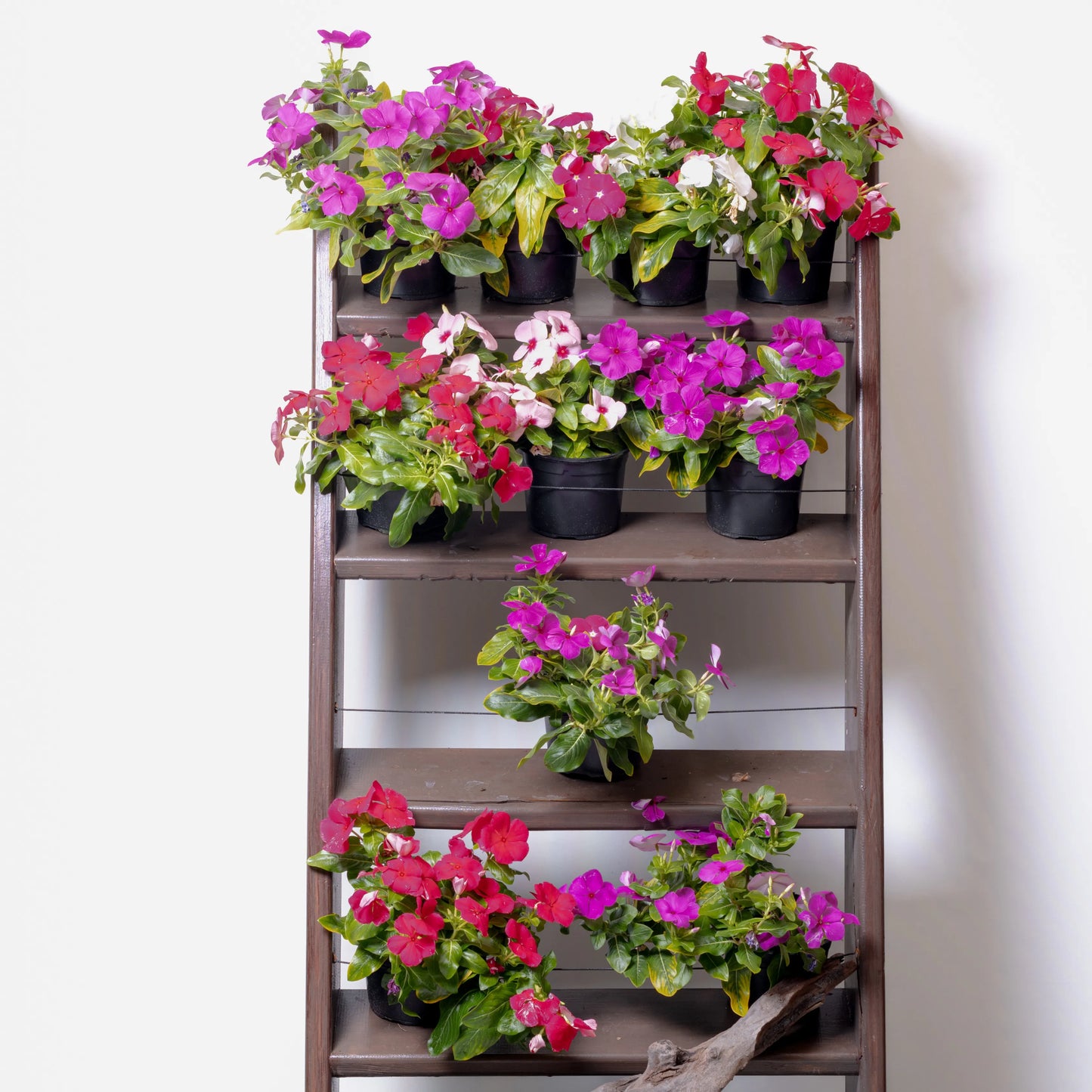
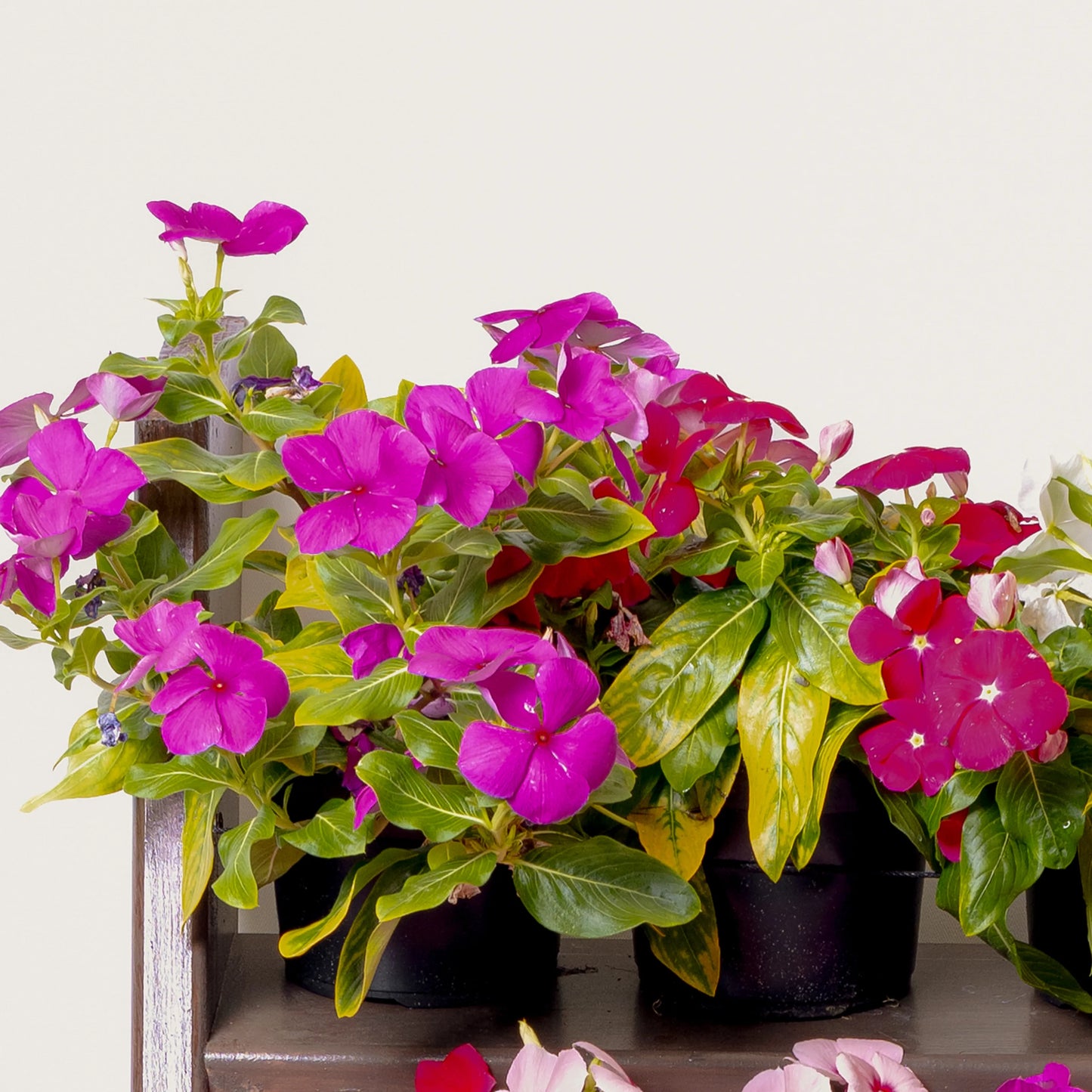
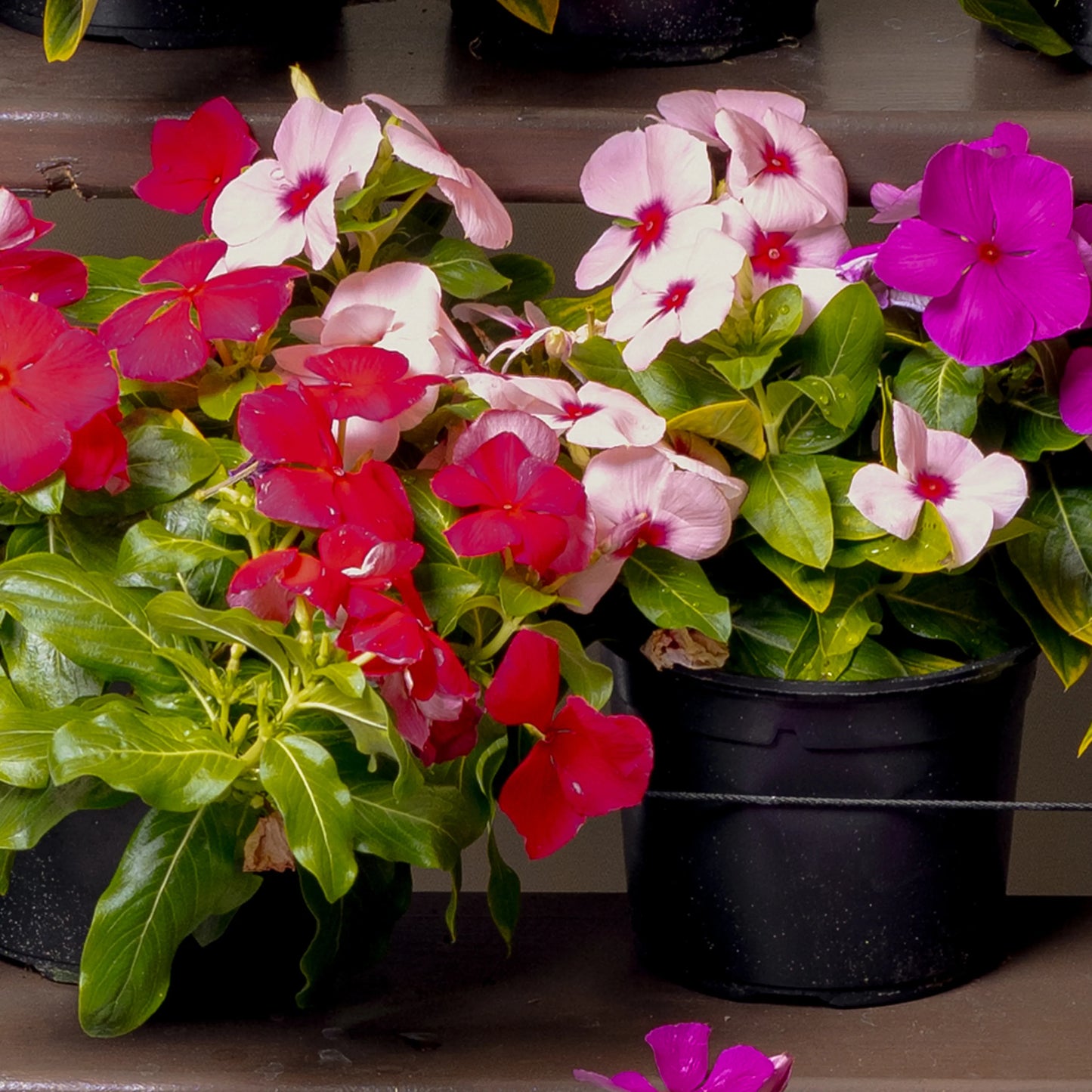
Other Information
For optimal health, vinca thrives with regular fertilization, especially using a fertilizer rich in phosphorus to encourage fertile flowers. Fertilize monthly during the spring and summer, halving the dose in the cooler months to accommodate reduced growth.

